DC has always loved playing with the idea that Batman can exist in any era or alternate universe, but what they pulled off with Batman Azteca: Clash of Empires (2025) hits home for Mexicans in a way that feels epic and personal. Directed by the talented Juan José Meza-León, this animated film takes us straight into pre-Hispanic Mexico, during the Spanish conquest. Forget Gotham’s skyscrapers or the high-tech Batcave—this is Batman reborn among temples, gods, and warriors, transformed into a symbol of cultural resistance.
The story follows Yohualli-Coatl, a young Mexica who loses his father at the hands of Spanish conquerors. Fueled by grief and a thirst for justice, he flees to Tenochtitlán to warn Emperor Moctezuma of the looming threat. There, he trains in the temple of Tzinacan, the Bat God, beginning his journey into a new version of the Dark Knight. This time, Batman isn’t Bruce Wayne—he’s an indigenous warrior who turns darkness itself into a weapon of defiance.
A Batman with Mexican Identity
The script, written by Alfredo Mendoza and Ernie Altbacker alongside Meza-León, introduces a world where Gotham’s classic villains get incredible cultural reinterpretations:
- Hernán Cortés as Two-Face, played by Álvaro Morte, embodies colonial ambition mixed with moral duality.
- Yoka, voiced by Omar Chaparro, is a priest whose descent into madness echoes the Joker.
- Jaguar Woman, brought to life by Teresa Ruiz, becomes a fierce warrior ally inspired by Catwoman.
- Forest Ivy, a Poison Ivy reimagining voiced by Maya Zapata, appears as a goddess tied to water and exotic Mesoamerican flora.
The cast is rounded out by Horacio García Rojas as Batman, Roberto Sosa as mentor Acatzin, and even The Book of Life director Jorge Gutiérrez in a touching cameo as Toltecatzin, Batman’s father.
A Visual Feast with Mexica Soul
The film embraces traditional 2D animation, which feels refreshing in today’s 3D-dominated scene. The fluid movements, vibrant tones for the Mexica, and duller colors for the Spaniards create a striking visual contrast that almost tells the story on its own. Some critics point out moments where the pacing feels heavy or the animation a bit rough, but there’s no denying the art direction brilliantly captures the essence of pre-Hispanic Mexico with respect and creativity.
From the grandeur of Tenochtitlán to the detailed armor and warrior outfits, everything shows a meticulous effort to reflect the historical period of 1519–1521. The creative team clearly poured their passion into honoring Mexico’s history and worldview, giving Batman’s myth a unique Mexican DNA.
A Narrative Rooted in Myth and Resistance
Batman Azteca isn’t just another superhero story—it’s a cultural clash told through the lens of Mexica mythology. Justice, vengeance, and resistance are interwoven to show how a legendary hero can embody the fight against oppression while paying tribute to ancient roots. Sure, the film’s solemn tone and slow rhythm might not be for everyone, but the impact of seeing Batman reborn as a Mesoamerican legend is undeniable.
A New Legacy?
Just as Batman Ninja once took us to Japan, Batman Azteca now opens the door for other cultures to claim their own version of the Bat. It’s a bold experiment that mixes national pride with mythology, history, and action. And while not flawless, it sets a precedent in the DC universe: a Batman armed with obsidian, feathers, and the strength of the gods.
Because if this film proves anything, it’s that Batman belongs to us too—and in Clash of Empires, he shines as a Mexica warrior ready to defend his land.



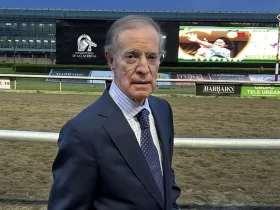



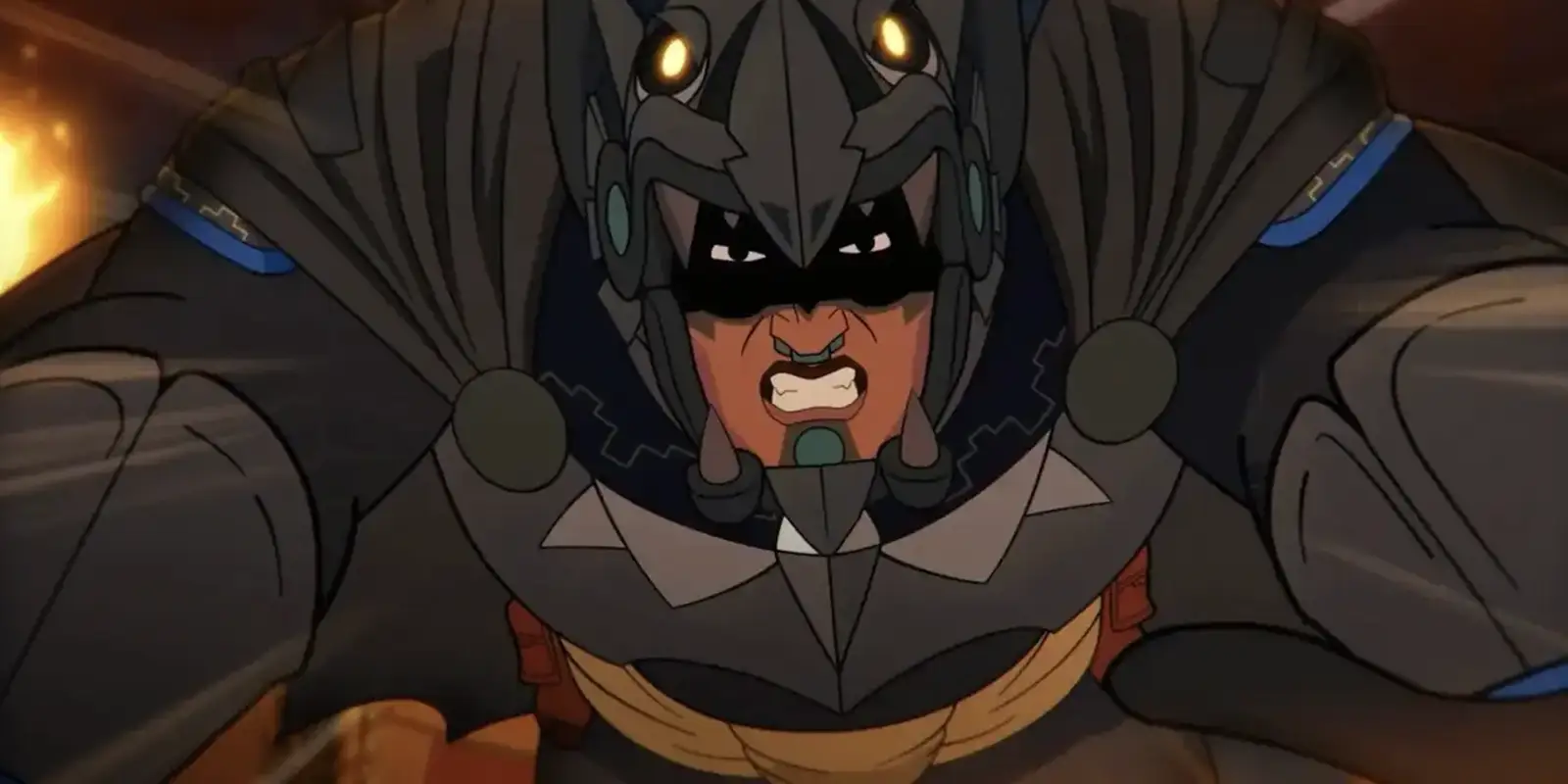


























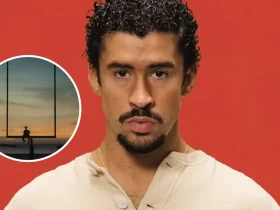
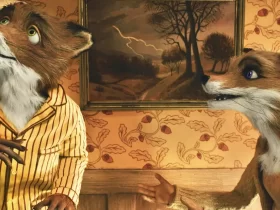
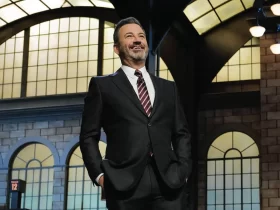
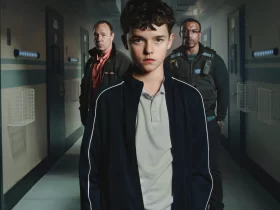
Leave a Reply